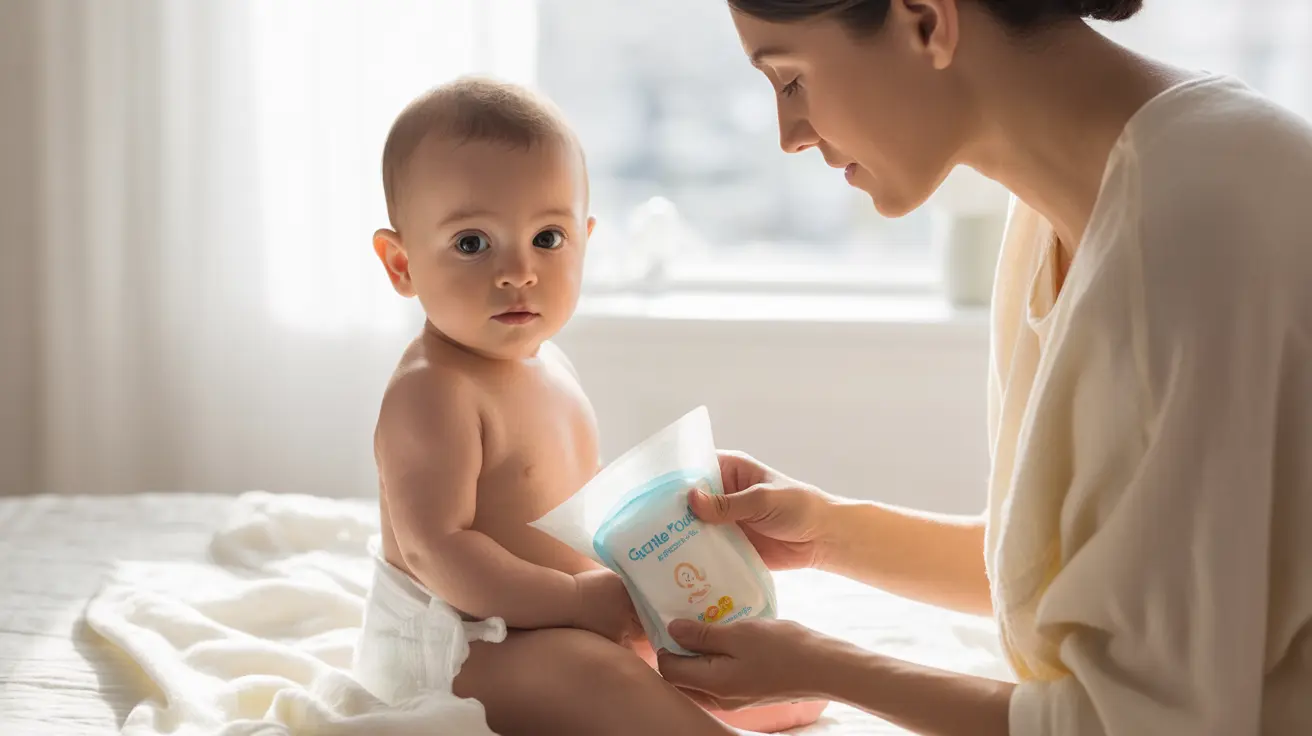Dealing with nappy rash can be distressing for both babies and parents. This common skin condition affects many infants, but with proper self-care strategies, you can effectively prevent and treat it. Understanding the right approaches to diaper care and skin protection is crucial for keeping your baby comfortable and healthy.
This comprehensive guide will walk you through proven self-care methods for preventing and managing nappy rash, including proper diaper changing techniques, choosing the right products, and implementing effective skincare routines.
Prevention Through Proper Diaper Care
The cornerstone of nappy rash prevention lies in maintaining good diaper hygiene and following proper changing practices. Regular diaper changes are essential, particularly after bowel movements or when the diaper becomes wet.
Optimal Changing Schedule
Establish a consistent diaper changing routine to minimize skin exposure to moisture and irritants. Change diapers every 2-3 hours during the day and at least once during the night. Pay special attention after feeding times, as babies often need changing shortly afterward.
Proper Cleaning Technique
Use gentle, alcohol-free wipes or warm water with a soft cloth during diaper changes. Pat the skin dry rather than rubbing, and ensure all creases and folds are completely clean and dry before putting on a fresh diaper.
Choosing the Right Products
Diapers and Wipes
Select diapers that offer good absorbency and breathability. Consider trying different brands to find what works best for your baby's skin. Choose fragrance-free, alcohol-free wipes specifically designed for sensitive baby skin.
Protective Creams and Ointments
Apply a barrier cream or ointment containing zinc oxide or petroleum jelly during each diaper change. These products create a protective layer between your baby's skin and potential irritants in urine and stool.
Treatment Strategies for Active Nappy Rash
When nappy rash occurs, implement these targeted self-care measures to promote healing:
- Give your baby's bottom more diaper-free time
- Use a thick layer of protective barrier cream
- Consider cornstarch-based powder to help keep the area dry
- Switch to fragrance-free, hypoallergenic products temporarily
When to Seek Medical Help
While most cases of nappy rash respond well to self-care measures, consult your healthcare provider if the rash:
- Persists beyond 3-4 days despite treatment
- Appears severely red or has blisters
- Shows signs of infection (warmth, swelling, or bleeding)
- Causes significant distress to your baby
Frequently Asked Questions
What are the best self-care steps to prevent nappy rash in babies? Maintain regular diaper changes, use gentle cleaning products, ensure the skin is completely dry before applying a fresh diaper, and use a protective barrier cream at each change.
How often should I change my baby's diaper to avoid nappy rash? Change diapers every 2-3 hours during the day, after each bowel movement, and at least once during the night. More frequent changes may be needed depending on your baby's individual needs.
Which diaper creams or barrier ointments are effective for treating nappy rash? Zinc oxide-based creams and petroleum jelly products are most effective. Look for products specifically formulated for diaper rash that create a protective barrier on the skin.
What kind of wipes or cleansers are safest to use on a baby's delicate skin to prevent irritation? Choose alcohol-free, fragrance-free wipes designed for sensitive skin. Alternatively, use warm water with a soft cloth. Avoid products containing harsh chemicals or artificial fragrances.
How can I safely care for my baby's skin to help heal a nappy rash at home? Give frequent diaper-free time, apply a thick layer of barrier cream, use gentle cleaning methods, and ensure the area stays as dry as possible. Change diapers promptly and consider using a mild antifungal cream if recommended by your healthcare provider.




